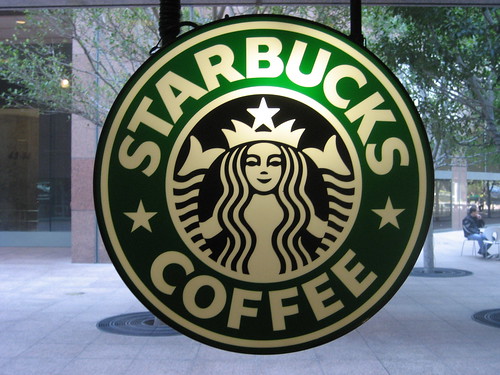If you asked five people what branding means to them, you’re likely to get five different answers. When discussing branding, the answers will range from needing new letterhead or a logo, to an in-depth strategy, and everything in between.
Quite simply, “brand” is who you are. It is how your customers, competitors and suppliers perceive you and how you perceive yourself. Brand is the image you want to project.
While your logo is certainly part of your brand, branding is much more than that. It is your mission, your look, logo, tag line, colors and font; it is all that encompasses how you communicate your message, what you actually say, how you approach your sales process and how you do business. Brand boils down to the tangible and intangible characteristics that work in concert to become the face of your business to customers, the community and competitors.
Why Branding is Important
We know that branding defines your business in the hearts and minds of employees, shareholders and most importantly, customers and prospects. It also influences consumer choice. People choose to do business with, or purchase products from, those they trust. A well-developed and established brand builds recognition and establishes trust. Businesses that are well branded stand out.
 We look to balance sheets and financial statements to assess companies, but branding has tangible value. One of the strongest and most recognizable brands today is Apple. When consumers think of Apple they think modern innovation — a company that is user friendly, service oriented, makes life easier and more entertaining. On Sept. 25, 2010, Apple’s balance sheet boasted $741 million under “goodwill.” In accounting, goodwill represents the value beyond a company’s assets — it’s reputation. Apple is an excellent example of the added value branding brings to the table.
We look to balance sheets and financial statements to assess companies, but branding has tangible value. One of the strongest and most recognizable brands today is Apple. When consumers think of Apple they think modern innovation — a company that is user friendly, service oriented, makes life easier and more entertaining. On Sept. 25, 2010, Apple’s balance sheet boasted $741 million under “goodwill.” In accounting, goodwill represents the value beyond a company’s assets — it’s reputation. Apple is an excellent example of the added value branding brings to the table.
Bringing branding to life
While we all aspire to have a strong brand, how do we get there? When establishing your company’s brand, or going through a rebranding, start with internal and external research. Begin by assembling key employees and ask yourselves a series of questions:
- What do you do?
- How does what you do benefit customers?
- Describe your target audience (who are they, what do they look like, what do they respond to)?
Then consider the intangible characteristics. These questions can put the perception of your company in a whole new light, revealing your company’s “real” personality. This exercise can help you better craft (or change) your message and more effectively reach your customers:
- What kind of car would your company drive?
- What music best reflects your company?
- How would you introduce your company to friends at a party?
These questions will take you well beyond the color and typeface of your logo. The answers can help you discover ways to use your company’s personality to connect emotionally with your audience. This process lays the groundwork for presenting your company to the world.
With the tangibles and intangibles defined, you can now move on to select brand elements that align specifically with your company’s personality. This includes company colors, logo, tagline, overall message and voice. You should also establish standards that guide the consistent use of your brand elements and be sure all employees are on board. Nothing kills a brand faster than inconsistent use and application of the brand.
The good, the bad and the mediocre
Starbucks took coffee to a whole new level. They not only created one of the most recognizable brands in its market segment, they made drinking coffee a lifestyle. From the signage on the storefronts, the graphics on the cups, product packaging on the shelves, store interiors, colors, drink names and sizes, the company brand permeates every aspect.
Now consider Coca Cola and Pepsi. Both are established long running brands that are extremely recognizable, but over the years they have both come to a point where they are no longer that differentiated. Both have also tried redesigning their brand, only to be met with little response or complete disaster. Remember when Coca Cola, one of the most recognizable brands in the world decided to rebrand itself and introduce a new formula? Within weeks it was clear that the launch was a disaster and, millions of dollars later, the new product was pulled from the shelves and Coke Classic was introduced.
Observe what others are doing. Learn from their successes and failures. Realize that branding is much more than a logo. When it’s done right, it can directly impact your bottomline.




